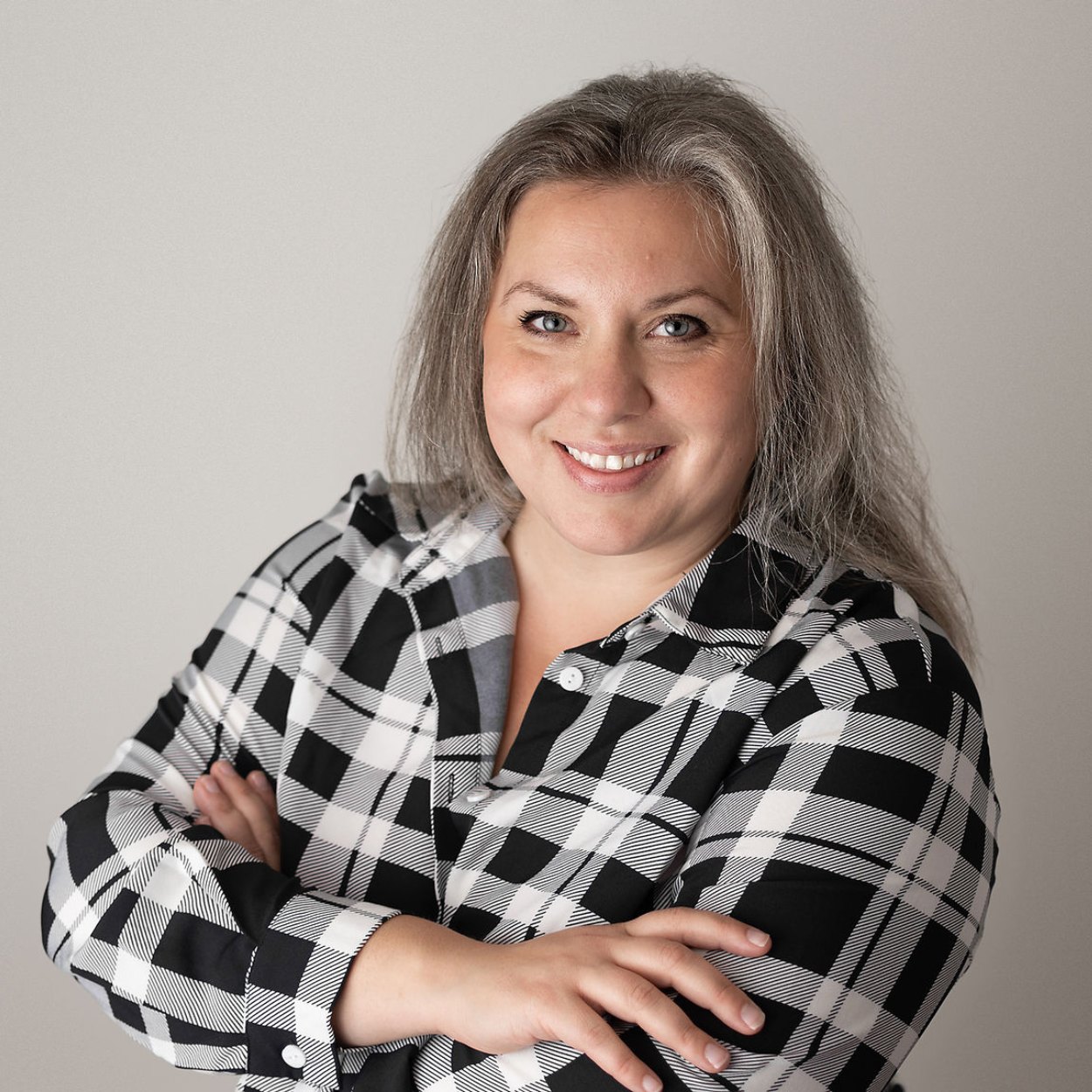Until about 5 years ago, thinking about having a great purpose in the world felt a lot like banging my head against a glass wall. I felt like I could see through to the other side. I knew I could have a purpose – I wanted one – I could almost touch it, but it was elusive.
I tried on many purposes in my quest to find what felt right and made sense.

I knew that people were important, and especially protecting and nurturing the individuals, like myself, who were sensitive creatures. But there was really no magical moment that everything clicked for me. I explored different ways to serve people, and through these acts of service eventually defined my purpose:
To lift up purpose-driven entrepreneurs and leaders so they can make a bigger impact in the world.
At Positivist Group, we believe that balancing purpose and profit is the cornerstone of building a sustainable business. It’s about creating a positive impact while ensuring long-term financial health. In short, more profit = more money to impact your purpose. So, really, having a financially sound business model is essential.
Companies that integrate creativity, analytics, and purpose are delivering at least two times the growth of their peers.
– McKinsey
Here are some things that helped me identify my purpose:
First, I really explored my core values. I’m not just talking about doing an assessment like the VIA Character assessment. I’m talking about doing all the assessments. I did everything I could get my hands on. I was brutally honest with myself about what I resonated with and what was confronting, but sitting with the yucky feelings of being confronted by unwelcome ideas… to figure out what truth there might be in them.
Once I had an honest idea of what values were important to me and what I thought I could be committed to, I began to test them in the real world. Every decision I made, before I reacted to information, I would run them through my values… do these align with my values of freedom, autonomy, justness, respect, authenticity, practicality, transparency, service… and found ways to live these values in real time. I would not respond to a scenario until I was reasonably sure my response was aligned with my core values.
If for some reason I failed to live the values (and this will happen), I would complete a personal retrospective on why. What values was I embodying rather than my chosen values? Was there any creative solutions that I had missed? Had I reacted on a gut instinct rather than responded? What triggered the reaction? Was it fear? What was I afraid of?
The next practice was to get proactive. I recognized that the more reactive I was, the less likely I was able to practice my values.

I made my values an integral part of my business strategy. I began to design projects, like the Trained to Help Project that were capable of fully exemplifying the values simply because of the way they were designed.
The purpose and profit were inextricably connected, and couldn’t be altered because of the nature of the business model as a social enterprise.
The concept of social enterprise and the B Corp movement are at the heart of this balance.
Social enterprises are businesses that prioritize social, environmental, and community goals alongside financial performance. The B Corp movement, which began in 2006, certifies companies that meet rigorous standards of social and environmental performance, accountability, and transparency.
One inspiring example of a social enterprise is Patagonia, a company renowned for its commitment to environmental sustainability. Patagonia donates 1% of its sales to environmental causes and encourages customers to repair, reuse, and recycle their products.
Another great example is TOMS Shoes, which started with a one-for-one model, donating a pair of shoes for every pair sold, and has since expanded its impact to clean water, safe birth, and bullying prevention initiatives.
The history of social enterprises dates back to the early 20th century when cooperative movements aimed to empower workers and communities.
However, it wasn’t until the late 20th and early 21st centuries that the concept gained significant traction, especially with the rise of the B Corp movement. This movement has created a global community of leaders using business as a force for good, proving that companies can achieve financial success while making a positive impact on the world.
At Positivist Group, one of our commitments for 2024 is to complete our application to become a B Corp. We believe that this certification will not only validate our efforts but also push us to continuously improve our social and environmental performance.
Balancing purpose and profit is not just a strategy; it’s a philosophy that can transform your business. By staying true to your values and integrating purpose into your business model, you can achieve sustainable growth that benefits both your bottom line and the broader community.
At Positivist Group, we’re committed to helping businesses find this balance and thrive.
“Sustainability is not just about doing less harm. It’s about doing more good.”
– Jochen Zeitz
Are you curious about how we can help you define your purpose and increase profit within your business?
It would be our honour to support your journey towards creating a greater impact in the world.
With love,
Erin
—-
I’m Erin, a neurodivergent entrepreneur, podcast host and certified professional coach helping creative entrepreneurs and teams get ‘unstuck’, grow their businesses, and make a bigger impact in the world.
Connect with me on LinkedIn if you like to share information about agile values, vertical development, strengths-based organizations, purpose, authenticity, inclusion and world-domination-for-good.

